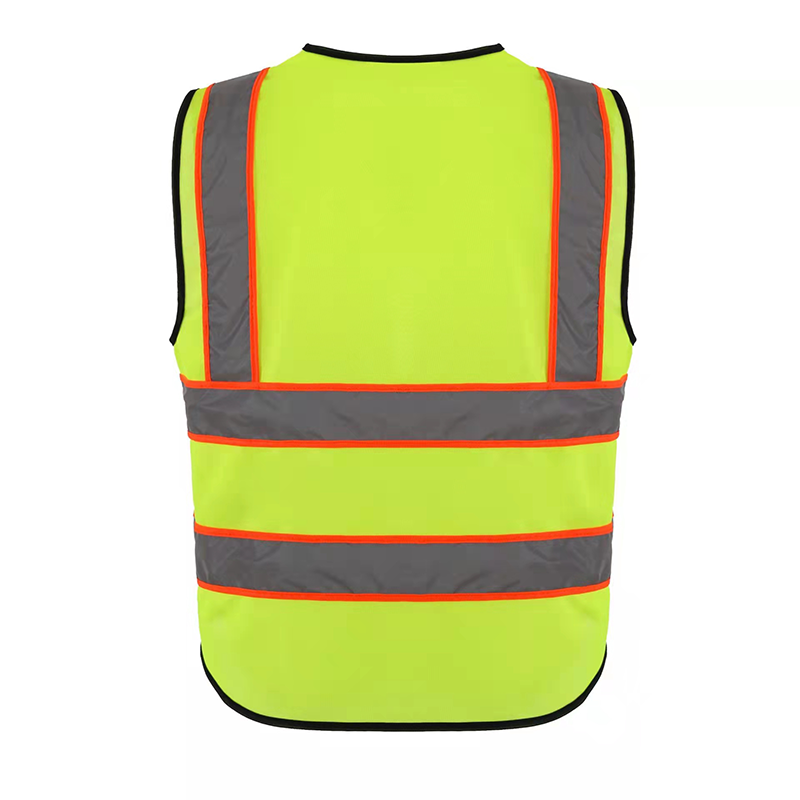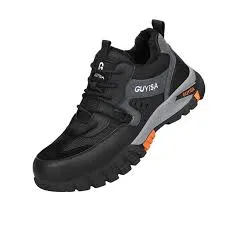Email :
person0317@163.com
Feb . 20, 2025 08:42
Back to list
building site safety clothing
The landscape of building site safety clothing is evolving, driven by advancements in material technology, regulatory updates, and growing awareness of occupational safety. Construction environments pose various risks, from heavy machinery and sharp tools to adverse weather conditions, making appropriate safety attire indispensable. While there is no one-size-fits-all solution, understanding the types of safety clothing available and their specific functionalities can enhance both safety and productivity on site.
Hand protection cannot be overlooked, given the variety of sharp tools and materials workers handle daily. Safety gloves need to cater to specific tasks; for instance, cut-resistant gloves made from materials like Kevlar or Dyneema offer protection without sacrificing dexterity. For jobs involving electrical components, insulating gloves are critical for preventing electric shock. Recent improvements have focused on increasing durability and touch sensitivity so workers can maintain precision in their tasks. For complete protection, many sites require additional gear such as safety goggles, face shields, and ear protection. Goggles with anti-fog and scratch-resistant coatings maintain clarity in adverse conditions, while adjustable ear muffs provide comfort and necessary noise reduction. The integration of such items into daily workwear not only ensures compliance with safety regulations but also fosters a culture that prioritizes worker welfare. The shift towards integrating smart technology with safety clothing could mark the future of workplace safety standards. Smart helmets equipped with augmented reality can provide visual instructions and real-time hazard alerts, transforming the way workers engage with their environment. Similarly, smart fabrics with embedded sensors are emerging, capable of tracking body movements and monitoring physiological responses to stress, heat, and exertion. These advancements enable proactive safety management, pre-emptively addressing risks before they translate into incidents. In conclusion, building site safety clothing is not merely a regulatory obligation but a comprehensive approach to safeguarding the workforce. As technology progresses, the lines between fabric and gadget blur, offering innovative solutions that cater to comfort, productivity, and, most importantly, safety. Organizations that prioritize these advancements will not only comply with regulations but will enhance their reputation as leaders in ensuring a safe working environment.


Hand protection cannot be overlooked, given the variety of sharp tools and materials workers handle daily. Safety gloves need to cater to specific tasks; for instance, cut-resistant gloves made from materials like Kevlar or Dyneema offer protection without sacrificing dexterity. For jobs involving electrical components, insulating gloves are critical for preventing electric shock. Recent improvements have focused on increasing durability and touch sensitivity so workers can maintain precision in their tasks. For complete protection, many sites require additional gear such as safety goggles, face shields, and ear protection. Goggles with anti-fog and scratch-resistant coatings maintain clarity in adverse conditions, while adjustable ear muffs provide comfort and necessary noise reduction. The integration of such items into daily workwear not only ensures compliance with safety regulations but also fosters a culture that prioritizes worker welfare. The shift towards integrating smart technology with safety clothing could mark the future of workplace safety standards. Smart helmets equipped with augmented reality can provide visual instructions and real-time hazard alerts, transforming the way workers engage with their environment. Similarly, smart fabrics with embedded sensors are emerging, capable of tracking body movements and monitoring physiological responses to stress, heat, and exertion. These advancements enable proactive safety management, pre-emptively addressing risks before they translate into incidents. In conclusion, building site safety clothing is not merely a regulatory obligation but a comprehensive approach to safeguarding the workforce. As technology progresses, the lines between fabric and gadget blur, offering innovative solutions that cater to comfort, productivity, and, most importantly, safety. Organizations that prioritize these advancements will not only comply with regulations but will enhance their reputation as leaders in ensuring a safe working environment.
Next:
Latest news
-
Women's Safety Clothing Canada | Hi-Vis & Durable Gear
NewsAug.27,2025
-
Durable Safety Helmet Hats: Ultimate Head Protection & Comfort
NewsAug.26,2025
-
HDPE Safety Helmet: Durable Head Protection for Work Sites
NewsAug.25,2025
-
Stylish Baseball Cap Safety Helmet | Discreet Head Protection
NewsAug.24,2025
-
Durable Waterproof Safety Clothing | Custom & High-Vis Protection
NewsAug.23,2025
-
Premium Reflective Safety Clothing | High-Vis Workwear
NewsAug.22,2025
